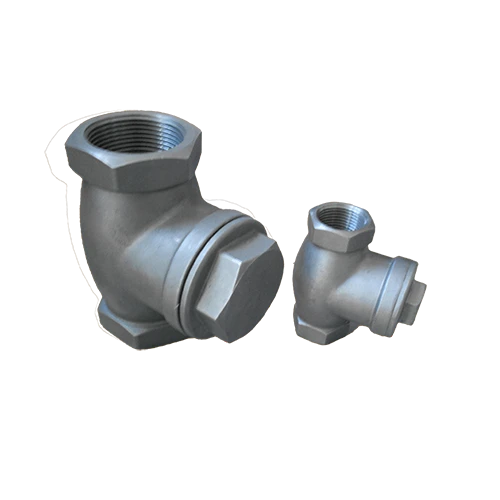Mobile:+86-311-808-126-83
Email:info@ydcastings.com
15mm Copper End Cap for Plumbing Projects and Pipe Fittings - High Quality and Durable Solution
The Versatility and Importance of 15mm Copper End Caps in Plumbing and HVAC Applications
Copper end caps are small yet essential components used in various plumbing and HVAC (Heating, Ventilation, and Air Conditioning) applications. Specifically, the 15mm copper end cap plays a crucial role in sealing the ends of copper pipes, ensuring the integrity and functionality of a piping system. This article explores the significance, applications, and advantages of 15mm copper end caps in modern plumbing and HVAC systems.
Understanding Copper and Its Applications
Copper is a highly sought-after material in plumbing and HVAC for several reasons. Not only is it durable and resistant to corrosion, but it also has excellent thermal conductivity. This makes copper pipes ideal for both hot and cold water supply lines as well as HVAC systems where efficient heat exchange is critical. The 15mm size refers to the diameter of the pipe, which is a common dimension used in various residential and commercial applications.
The Role of Copper End Caps
The primary function of a 15mm copper end cap is to provide a watertight seal on the end of a copper pipe. This is crucial in preventing leaks that can result in significant water damage, mold growth, and increased utility bills. When installed correctly, the end cap helps maintain the pressure within the system and keeps contaminants out, ensuring clean and safe water delivery.
In addition to sealing, copper end caps are also commonly used when a section of the plumbing needs to be capped off temporarily or permanently. This can happen during renovations or when upgrading a system. Rather than replacing the entire pipe, using an end cap can save both time and money.
Installation Process
Installing a 15mm copper end cap is a straightforward process, although proper technique is crucial for ensuring a secure fit. First, the end of the copper pipe needs to be cleaned and deburred to remove any rough edges that might prevent a tight seal. It’s advisable to use emery cloth or a pipe cutter designed for copper. After cleaning, soldering is typically used to attach the end cap securely to the pipe. The process involves heating the joint with a torch and applying solder to create a durable bond.
15mm copper end cap

For those who may not be familiar with soldering, alternative methods, such as using compression fittings, can also be employed. However, soldering remains the most common technique due to its reliability and longevity.
Advantages of Using Copper End Caps
1. Durability Copper is inherently strong and resistant to rust and corrosion, which contributes to the longevity of plumbing systems.
2. Thermal Conductivity Copper's excellent heat transfer properties make it ideal for both plumbing and HVAC applications, where maintaining temperature is essential.
3. Ease of Installation With the right tools, installing copper end caps can be a straightforward process, which is appealing to both DIY enthusiasts and professionals alike.
4. Recyclability As a recyclable material, copper end caps are an eco-friendly choice. When they're no longer needed, they can be collected and repurposed, contributing to sustainable building practices.
5. Leak Prevention Using copper end caps effectively seals off pipe ends, reducing the risk of leaks and the associated costs of repairs and water damage.
Conclusion
In summary, 15mm copper end caps are vital components in plumbing and HVAC systems. Their ability to provide watertight seals, coupled with the advantages of copper itself, makes them an ideal choice for both residential and commercial applications. By understanding their function and the benefits they offer, contractors and DIYers can make informed decisions that enhance the durability and efficiency of their plumbing installations. Whether for new construction or retrofitting existing systems, these small yet significant components should not be overlooked.
-
Why Should You Invest in Superior Pump Castings for Your Equipment?NewsJun.09,2025
-
Unlock Performance Potential with Stainless Impellers and Aluminum End CapsNewsJun.09,2025
-
Revolutionize Your Machinery with Superior Cast Iron and Aluminum ComponentsNewsJun.09,2025
-
Revolutionize Fluid Dynamics with Premium Pump ComponentsNewsJun.09,2025
-
Optimizing Industrial Systems with Essential Valve ComponentsNewsJun.09,2025
-
Elevate Grid Efficiency with High-Precision Power CastingsNewsJun.09,2025











